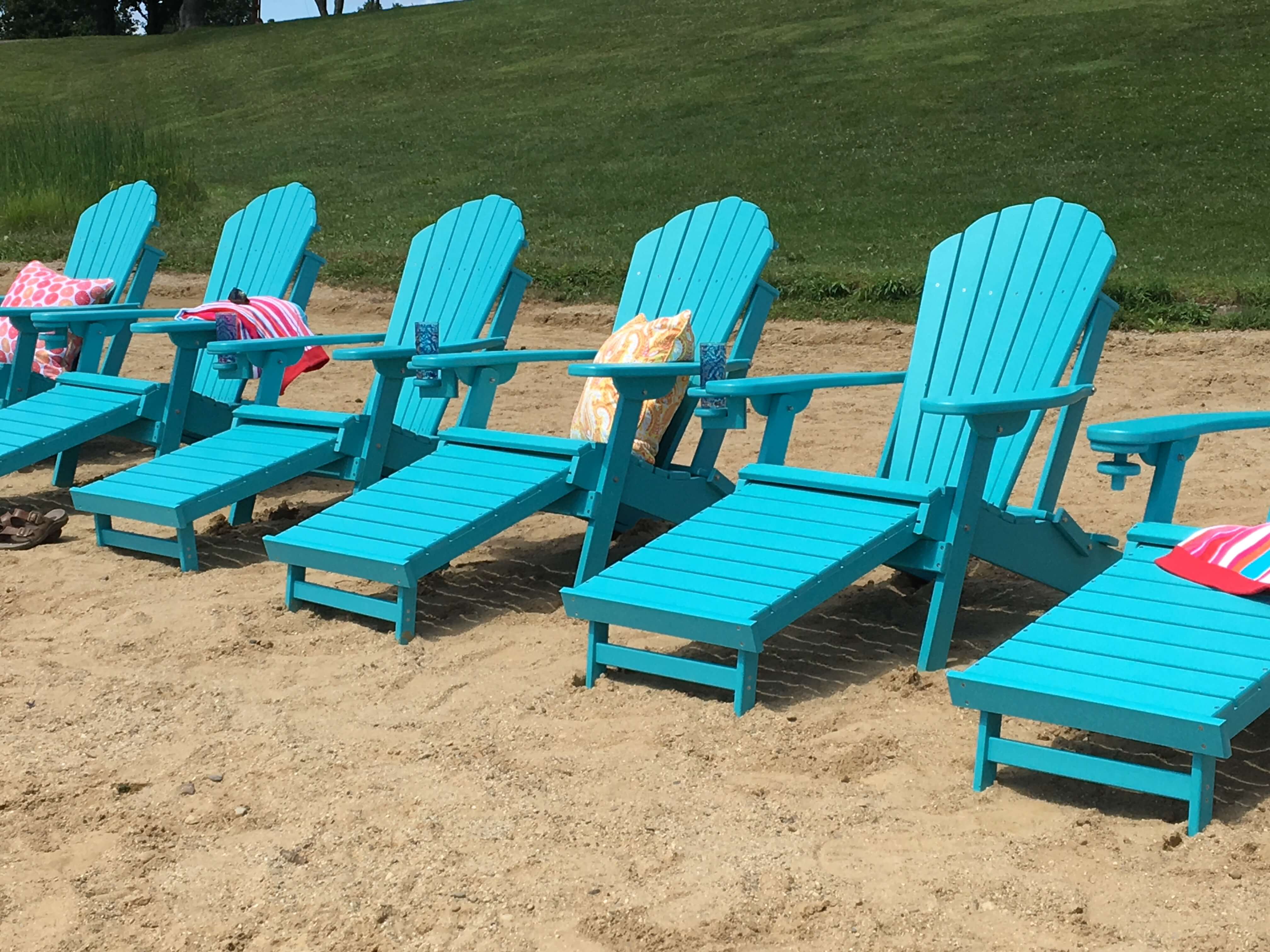Two New Wood Grain Poly Options for Your Patio from ECCB Outdoor
Posted by Stephanie Hilliard on Aug 31st 2023
Who doesn’t love more options for their patio furniture? We definitely do and are excited to announce that we have added two textured wood grain colors (Redwood and Natural Teak) to our 20 + select
… read more





